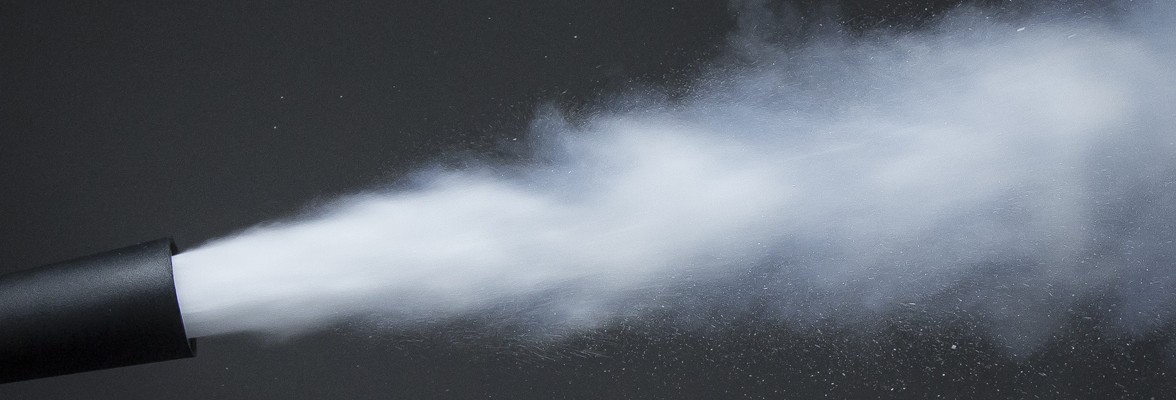Conductivity Testing For 5kg C02 Discharge Hoses
Posted on 22 May 2015
A definition for “conductivity” is “the property or power of conducting heat, electricity or sound.” This pertains to CO2 hoses in that the wire strands inside the hose must be connected and in good shape from one end of the hose to the other. There are many ways to measure conductivity. You can use a meter that is used in the electrical industry, remove hose from the extinguisher, put meter setting on OHM or Continuity, touch one end on the metal with one prong and the same on the far end with the other prong, any reading other then “0″ is a fail. Most commonly used in the US is a small unit that is battery operated with a metal point and LED light. You grab one end of the hose by the metal and touch the other end of the hose with the pointed tip. If the light comes on you have continuity from one end to the other. What that conductivity test doesn’t tell you is how many of those strands are connected or if they are in good shape. After examining the hose we also determined that the rubber that is the outside protective layer for those strands appeared to be in good shape. No weather checks, cracking, or bulges to lead us to believe that there was a problem under the surface. They were still in good enough shape to allow for a “passing” conductivity test but not good enough to withstand the cold and back pressure within the hose when the discharged CO2 gas hit the diverter at the end of the hose. So what should someone performing annual maintenance in such a situation do? Even after fulfilling all the requirements for the proper servicing and testing of a CO2 hose, it would be good to take one or two more steps. You need to grab that hose with both hands, leaving about three to four inches between your hands, and flex that hose. Keep moving your hands down the hose until you have done the entire length of hose. If you come across a crack or hard spot that maybe you couldn’t see without flexing the hose or hear a crunching-type noise then you will know that the hose you are visually inspecting is deteriorating under the rubber protective layer. This would be a good time to replace that hose.


Follow Firetrade on Facebook
Follow Firetrade on Twitter
+353 (1)413 1336